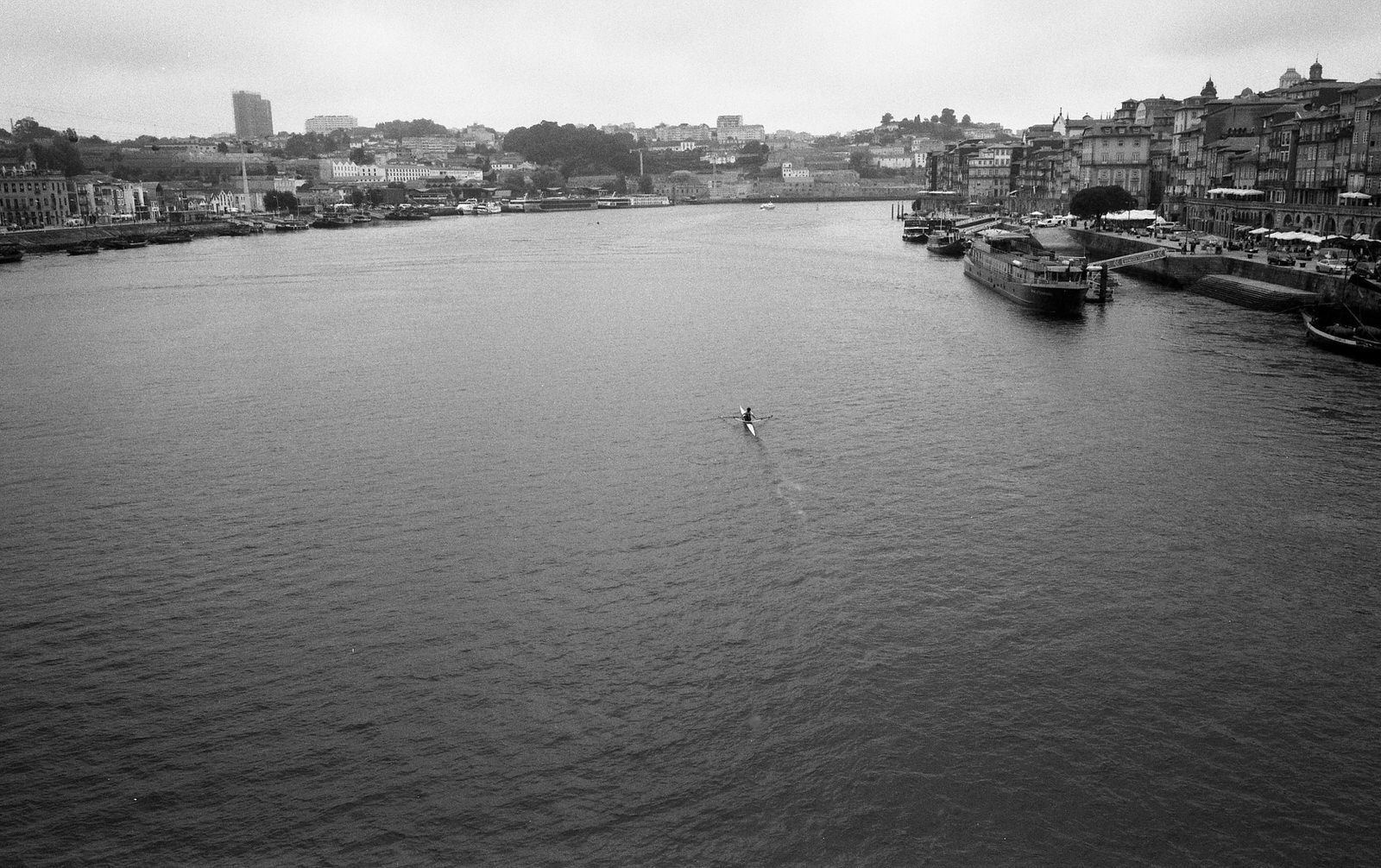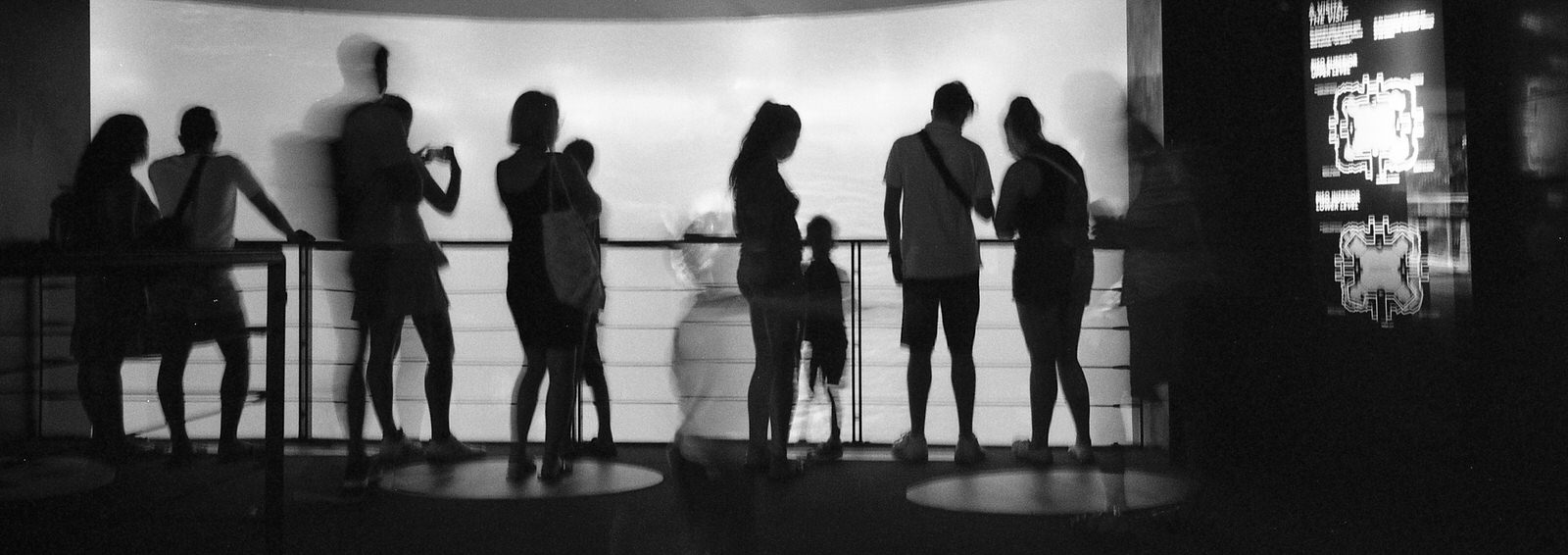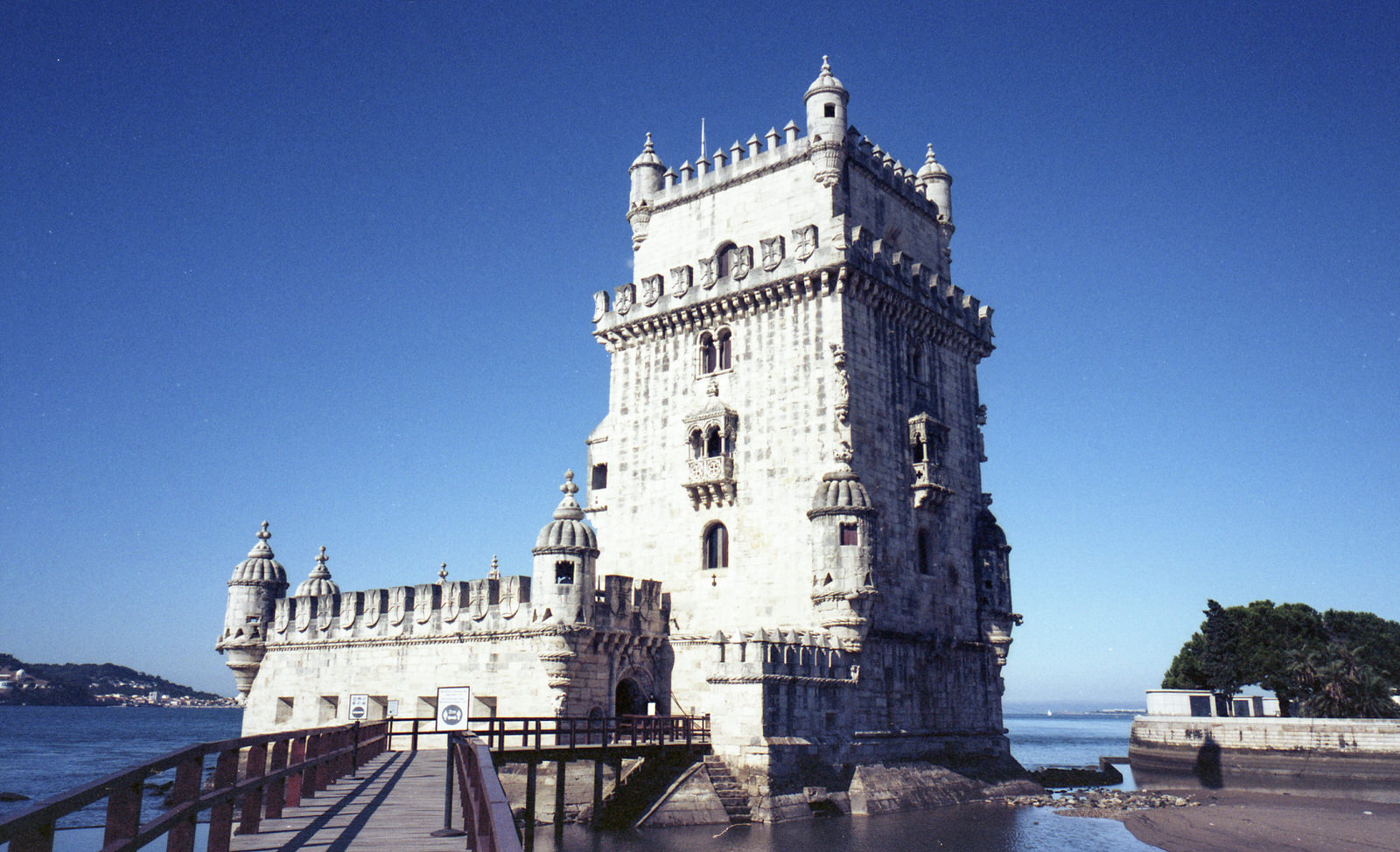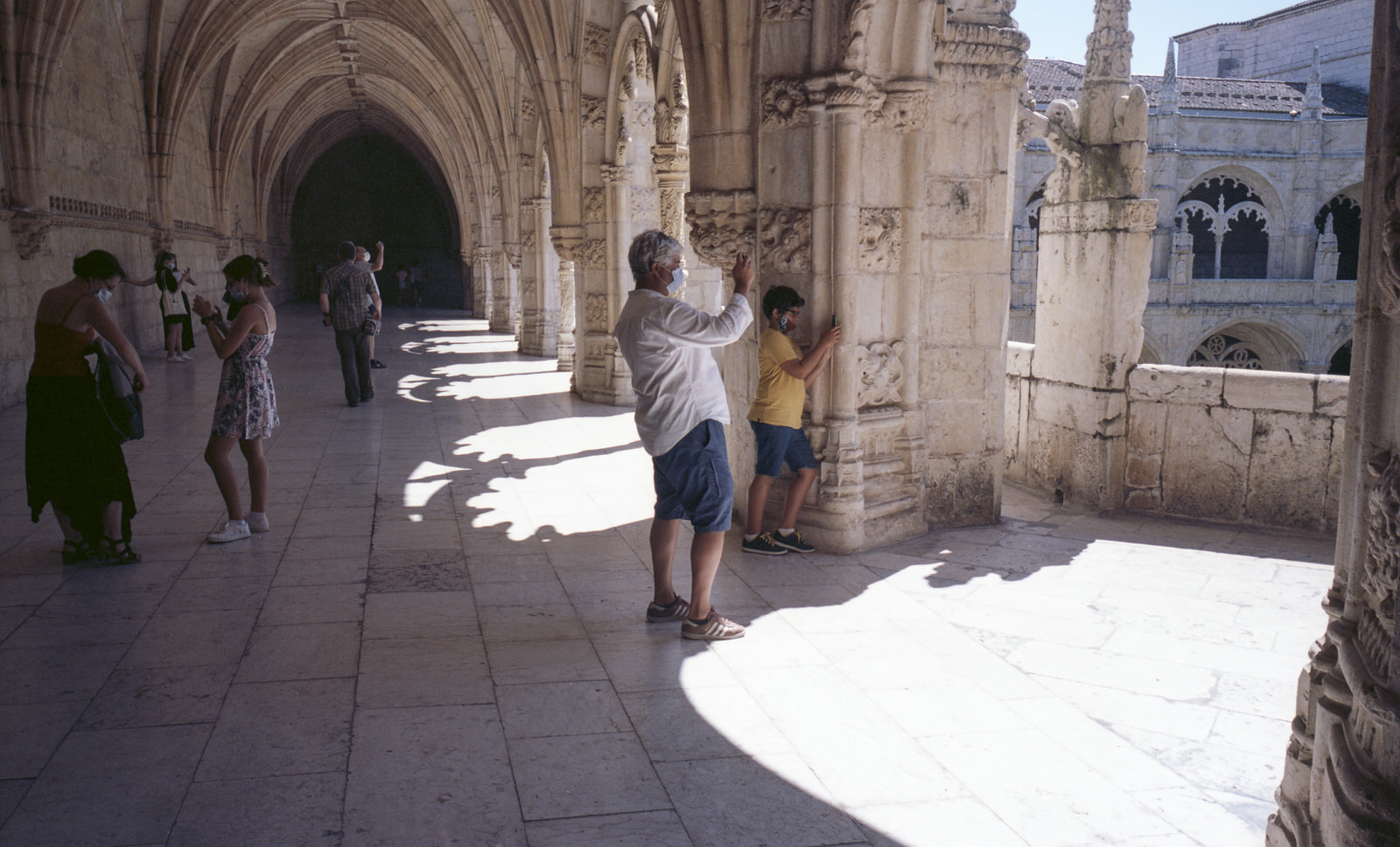TOC
Some heroes are celebrated more than others. They gradually enter the legends and remain etched in the collective imagination. Much the same happens with lenses. However, there are also some equally deserving people who for one reason or another never rise to the status of legends. Not that they’re much worse, but they’re just not flashy enough to make headlines. Also in this case there is a parallelism in photography. The Contax G 28mm Biogon is exactly that: a great performer, who is never talked about well enough. Let’s see why.
The G series itself is excellent: it is difficult to find disappointing performers in it, or rather, it is impossible. There are some less exceptional lenses like the 90mm, and some far too specific like the equivalent 16mm f16. However, there are no poor lenses. There are instead some excellent lenses, such as the 45mm with surreal definition and the 21mm f2.8 with zero distortion. And how do we position this Biogon 28mm instead? The situation is particularly thorny. First, we must say that the 28mm behaves exactly like its little brother. This, however, is more attestation to the size of the 21mm than to his own, but indeed, the popularity of the super-wide has overshadowed that of this lens.

Nevertheless, a 28mm is sufficient in most landscape situations, especially when it is so sharp
However, these are two decidedly different focal lengths, which at least in theory should not step on each other’s toes. Firstly, the 21mm can only be used with an external viewfinder. In contrast, the 28mm is seamlessly integrated into the camera’s rangefinder viewfinder and therefore benefits from parallax corrections every time you frame it. Their use, therefore, appears to be relegated to specific fields, with the widest-angle lens relegated to landscape and the other to the street. However, things get complicated because the 28mm is by its nature a more versatile focal length, which escapes the labeling. Precisely this, if you like, has contributed to its reputation of being “neither meat nor fowl”.
However, we must say that the merits of this lens are clear: the sharpness at full aperture is impressive. A wide-angle rangefinder is on average more defined than a wide-angle reflex lens and it is not this lens that disproves the rule of thumb. However, if making sharp wide-angle lenses today is “easy” due to the possibility of a correction in digital post-production, on the contrary, on film, it was necessary to have perspective correct lenses. This is why the 16mm Biogon cost $ 5,000 in the 1990s, while today an excellent Sony 14mm with five or six stops of aperture fewer costs a fifth. The distortion in this lens is almost absent, certainly not observable outside the laboratory. After all, the excellent definition at full aperture and the absence of distortion has always been one of the trademarks of the Biogon design.

Did I by any chance mention how this lens (like anything related to the Contax G system) is pretty damn cool?
However, it also carries with it the typical limits of the project. One of them is certainly the difficult adaptability to digital: the distance of the rear element from the focal plane is too small to allow the digital sensors to read correctly. These are lenses that were optimized for film and only in that world they can give their best. It is therefore not a legacy lens that is bought for its versatility, but something that will only be used on its original body. Secondly, the Biogon design brings with it an inevitable fall of light at the edges. Very eye-catching wide open, unfortunately, even when diaphragmatic, the situation shows no sign of significantly improving. Again, this wouldn’t be a problem on a digital lens today, but on film, it might be a deal-breaker for some. But if you love vignetting this is for sure a lens that can do for you.

The focal length, combined with the almost total absence of shutter vibrations, makes it perfect for photos in any light condition
The misfortune of this 28mm was ultimately double. Not only was it part of a short-lived system like the Contax G one, but it also saw its name overshadowed by bulky neighbors. In a period of analog renaissance, however, this lens can be a perfect starting point for the G system. Often available for less than € 350, it can become the perfect gateway to the Contax world. Personally, it is a lens that I love and although I have not used it much, I have never been disappointed. The photos with it present perhaps a not-so-high ceiling, due to the defects inherent in the focal length, but a very high floor. If a photo is wrong with this lens it is our fault, never his. At the same time, if you aim for total perfection, there are other lenses to be preferred within this system. Its versatility, however, makes it suitable for a genre that we had not initially considered: that of reportage. Its small size (really small) makes it the perfect “fake pancake” to always carry with us when we travel. Tell me if this is not cheap!

If there is a 28mm perfect for reportage, it is this lens capable of capturing so many layers in each image. Here it is a little gallery from my 2020 trip to Portugal!




